Comparative Analysis of Rubber Fenders vs. Foam-filled Fenders
Table of Contents
When it comes to protecting marine vessels and port structures, fenders play a crucial role in absorbing the energy from impacts during docking or berthing. Among the most common types of fenders used in the maritime industry are rubber fenders and foam-filled fenders. Both types serve the same fundamental purpose but have distinct characteristics that make them more suitable for specific applications. In this comparative analysis, we will explore the key differences between rubber fenders and foam-filled fenders.
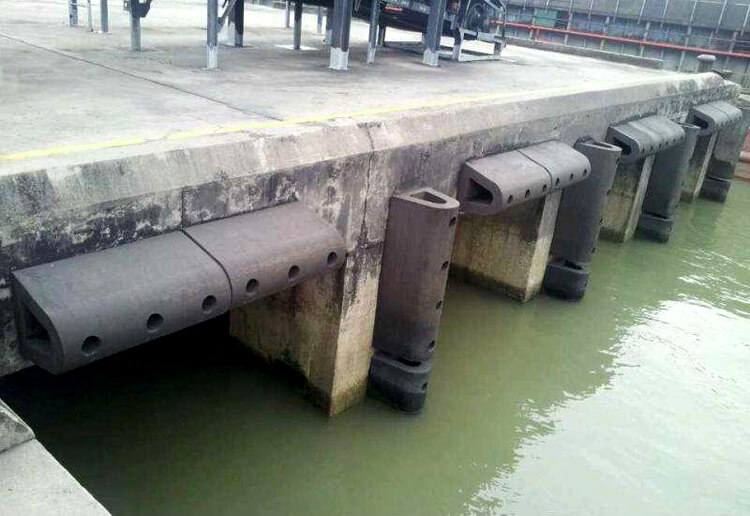
What are Rubber Fenders and Foam-filled Fenders
Rubber Fenders
Rubber fenders are protective devices used on docks, ships, and other marine structures to absorb the impact energy generated during berthing or docking. Made from high-quality rubber materials, these fenders provide a cushioning effect, preventing damage to both the vessel and the docking facility. Rubber fenders come in various shapes and sizes, such as cylindrical, cone, and arch types, each designed to offer different levels of energy absorption and impact resistance based on specific maritime requirements. They are known for their durability, low maintenance, and cost-effectiveness.
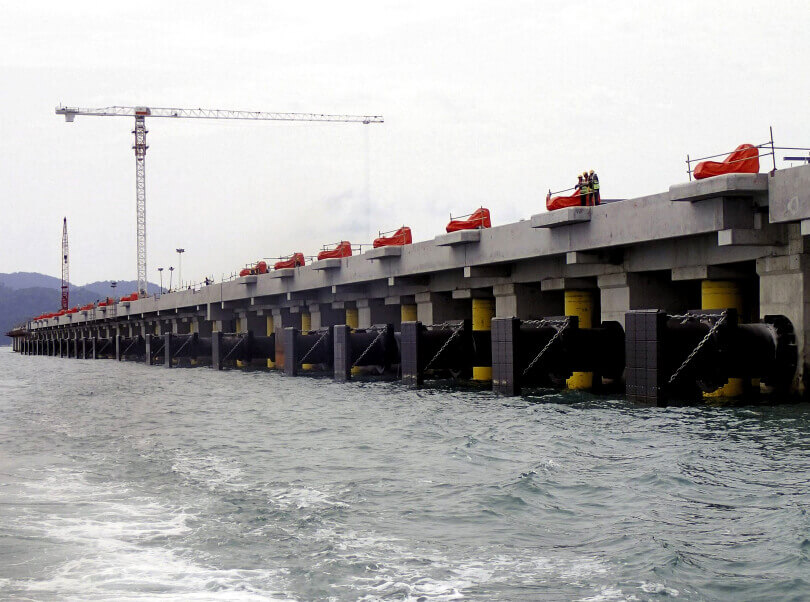
Foam-filled Fenders
Foam-filled fenders are marine fenders designed to absorb impact by using a closed-cell foam core encased in a tough, reinforced outer skin. These fenders are highly resilient and provide consistent energy absorption during berthing or docking, making them ideal for harsh marine environments. Unlike traditional rubber fenders, foam-filled fenders are unsinkable and require minimal maintenance, as they can withstand punctures without losing functionality. They are often used in applications where durability, buoyancy and ease of deployment are essential, such as for ships, docks, and offshore platforms.
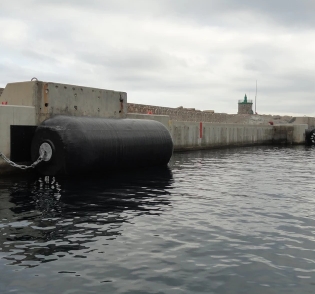
Key Differences between Rubber Fenders and Foam-filled Fenders
1. Energy Absorption
One of the primary functions of marine fenders is to absorb the kinetic energy generated during a vessel’s berthing. The energy absorption capacity of a fender is critical for minimizing damage to both the vessel and the dock.
Rubber Fenders: These fenders, typically made from high-quality natural or synthetic rubber, are designed to compress upon impact. Rubber fenders, particularly cylindrical, cone, or cell fenders, are known for their excellent energy absorption capabilities. They provide a soft, yet sturdy cushion that helps distribute the energy across the fender, preventing localized pressure that can lead to damage.
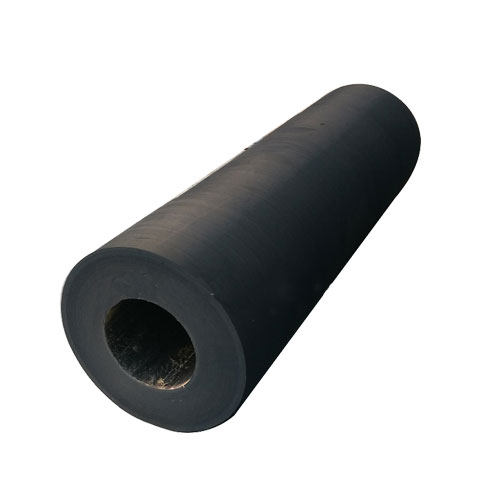
Foam-filled Fenders: Foam-filled fenders, on the other hand, are composed of a foam core encased in a tough polyurethane or nylon outer layer. These fenders are designed to absorb energy through the deformation of the foam core, which compresses and spreads the impact energy evenly. Foam-filled fenders offer a high degree of energy absorption, though their performance is generally more gradual than rubber fenders, providing a “soft” cushion against impact.
2. Durability and Resilience
Durability is a key consideration when choosing a fender, especially for environments where they will be exposed to harsh marine conditions, such as saltwater, sunlight, and mechanical wear.
Rubber Fenders: These fenders are known for their long-lasting durability. The inherent properties of rubber make it resistant to UV exposure, seawater, and abrasion. Rubber fenders also tend to bounce back after impact, allowing them to maintain their shape and functionality over time. However, over years of use, rubber fenders can experience wear, especially in areas where constant impact occurs.
Foam-filled Fenders: Foam-filled fenders are encased in a protective outer layer that shields the foam core from environmental degradation. The core itself, often made from closed-cell foam, prevents water ingress, even if the outer layer is damaged. This makes foam-filled fenders extremely resilient in harsh marine environments, and their lightweight construction also reduces the strain on dock structures.
3. Maintenance and Repairs
The ease of maintenance and potential for repairs are important factors when selecting a fender, as downtime for replacements or repairs can impact port operations and incur costs.
Rubber Fenders: Rubber fenders are relatively easy to maintain. Since they are solid rubber, minor wear and tear can be ignored for long periods without affecting performance. In case of severe damage, rubber fenders can sometimes be patched, although most often, replacements are preferred.
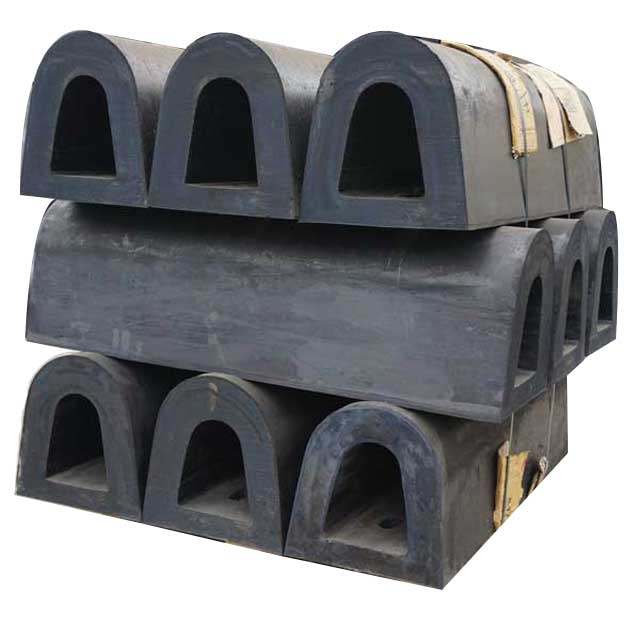
Foam-filled Fenders: Foam-filled fenders are designed to be largely maintenance-free due to their durable outer casing and water-resistant foam core. If the outer layer is punctured, the foam core prevents water ingress, allowing the fender to continue functioning. Repairs can be made by replacing the outer layer, although this process may require specialized equipment.
4. Cost-Effectiveness
The initial cost and long-term value of a fender system are critical for operators when choosing between rubber and foam-filled fenders.
Rubber Fenders: Rubber fenders are often more cost-effective initially, particularly for standard sizes and designs. Their low maintenance costs and long lifespan make them a popular choice for ports and marinas. However, in high-energy applications where constant replacement is required, costs can rise over time.
Foam-filled Fenders: Foam-filled fenders typically come with a higher upfront cost due to their complex construction and premium materials. However, they are designed to have a long lifespan with minimal maintenance, making them a cost-effective option in environments where maintenance and downtime are significant concerns.
5. Application Suitability
The specific needs of different marine environments will also dictate which type of fender is more appropriate.
Rubber Fenders: Ideal for high-impact applications such as commercial ports, shipyards, and harbors, where large vessels, including tankers and cargo ships, dock. Rubber fenders provide robust energy absorption and can withstand repeated heavy impacts.
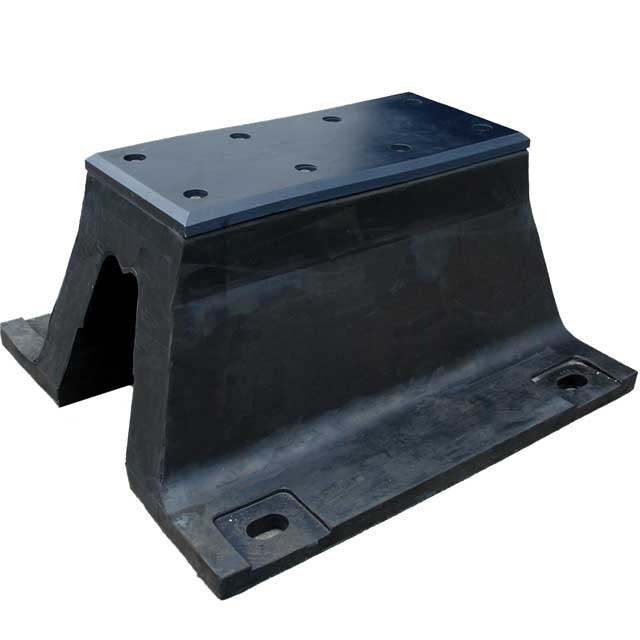
Foam-filled Fenders: Better suited for smaller vessels, marinas, or sensitive environments where gentle berthing is essential. Their flexibility and lightweight nature make them ideal for floating pontoons and structures where high energy absorption is not the primary concern.
How to Choose Between Rubber Fenders and Foam-Filled Fenders
This chart highlights the pros and cons of each type, helping you make an informed decision based on your operational requirements.
| Factors | Rubber Fenders | Foam-filled Fenders |
| Energy Absorption | High energy absorption, ideal for high-impact applications (e.g., large vessels) | Controlled, softer energy absorption, better for smaller vessels or sensitive docking |
| Durability | Long-lasting with wear resistance, but may degrade over time in harsh conditions | Highly durable, resistant to water ingress, and effective in extreme environments |
| Maintenance | Low maintenance, but wear and tear may require periodic replacements | Virtually maintenance-free; punctures don’t affect performance |
| Cost-Effectiveness | Lower initial cost, especially for standard sizes; long-term replacement costs can rise | Higher upfront cost, but low maintenance makes it cost-effective over time |
| Repairability | Can be patched or replaced if damaged; repairs are often simple | Repairs require replacing the outer layer; more complex to repair than rubber fenders |
| Suitability | Best for high-impact berthing (e.g., ports, shipyards, large vessels) | Ideal for marinas, smaller vessels, and environments requiring gentle berthing |
| Material | Solid rubber construction with good resilience to UV, seawater, and wear | Foam core with tough polyurethane or nylon outer layer, highly resilient |
| Weight | Heavier, which may add stress to docks and structures | Lightweight, easy to install, and gentle on dock structures |
| Customization | Available in various shapes (cylindrical, cone, cell) for different applications | Custom sizes and buoyancy adjustments for specialized needs |
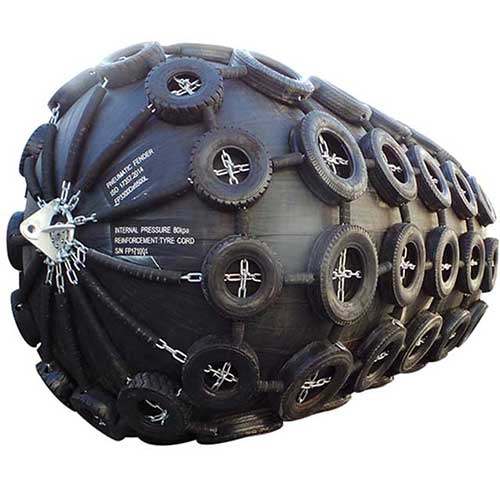
To sum up, both rubber fenders and foam-filled fenders provide effective solutions for protecting vessels and structures during docking. The choice between the two largely depends on the specific application, environmental conditions, and budget. Rubber fenders offer a robust, cost-effective solution for heavy-duty use, while foam-filled fenders are ideal for environments requiring minimal maintenance and softer, controlled energy absorption.

